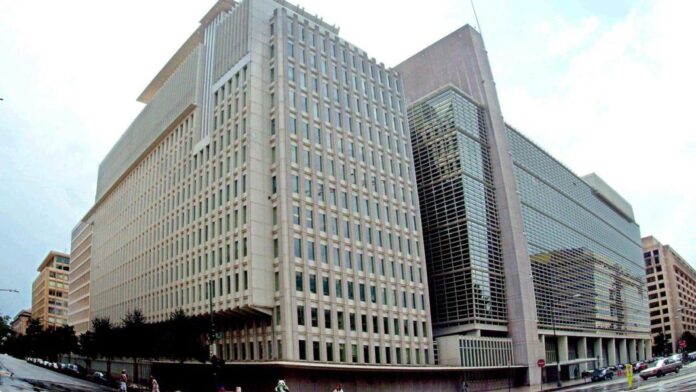In light of the “current growth rates,” the World Bank estimates that the northern part of Nigeria will take 40 years to catch up with its southern counterparts.
The bank observes that low growth has widened regional disparities, with the northern economy’s mainstays – agriculture, solid minerals, and manufacturing – not experiencing rapid growth in recent years.
The opinions are contained in the Bank’s Nigeria Country Economic Memorandum (CEM), released in Abuja on Thursday, with participants joining online from all over the world.
The 72-page ‘Charting a New Course’ document describes the main trends and drivers of growth and job creation from 2000 to 2021.
It also outlines the key challenges and opportunities for accelerating growth and creating jobs, synthesizing findings from recent analyses, including challenges and prospects in specific areas, and presenting policy options for sustaining inclusive growth.
“The poverty rate is nearly 20 times higher in Sokoto — the state with the highest poverty rate, at 87.7 per cent — compared to Lagos — the state with the lowest poverty rate, at 4.5 per cent,” citing 2018/2019 data.
It estimates that it will take the country about a decade to return to pre-2014 per capita income levels, i.e. before the oil price shock that triggered the 2016 recession.
According to the document, which includes a comprehensive report on the country’s socioeconomic indicators and detailed explanations of the trends, the modest economic gains recorded during the structural reforms from 2000 to 2010 were erased in the following decade when the reforms were abandoned.
“Despite its vast natural resources and a young, entrepreneurial population, development in Nigeria has stagnated over the last decade and the country is failing to keep up with the GDP growth of its peers. Declining private investment and demographic pressure push young Nigerians to pursue opportunities overseas.
“Nigeria was a rising growth star globally in the 2000s due to the implementation of several structural reforms in the context of rising oil prices. Yet, this fast growth was not accompanied by robust job creation.
“Between 2001 and 2010, Nigeria ranked among the top 15 fastest growing economies in the world, with an average annual growth rate of 8.2. However, the hard-won income gains from the 2000s evaporated between 2011 and 2021, due to the lack of deeper structural reforms, global shocks, conflicting macroeconomic policies, and increased insecurity percent,” it argues.
Identifying job creation as a potent option for accelerating poverty reduction and closing spatial inequality, the report urges the government to unlock the opportunities in private investment to create quality and sustainable jobs.
“To catalyse private investment and offer more opportunities to the youth, the priority is to restore and preserve macroeconomic stability, which has weakened in recent years due to conflicting monetary policy goals, over-reliance on oil exports, limited fiscal space and restrictive trade policies,” it adds even as it admits that oil remains the country’s economic “backbone.”
The CEM outlines policy options aimed at improving macroeconomic stability and creating an overall business-friendly environment.
Some of the recommendations include improving the exchange rate system, removing trade barriers, increasing non-oil revenues, and combating inflation, which is estimated to have pushed eight million Nigerians into poverty between 2020 and 2021.
It also calls for strengthening the rule of law and social cohesion and increasing the country’s competitiveness by addressing key barriers to private investment, such as a lack of power, protectionist trade regulations, limited access to finance, and low digitalisation.
“While there is no silver bullet to accelerate growth, Nigeria can become a rising growth star again if it implements a comprehensive set of bold reforms in a timely manner,” the report assures.










